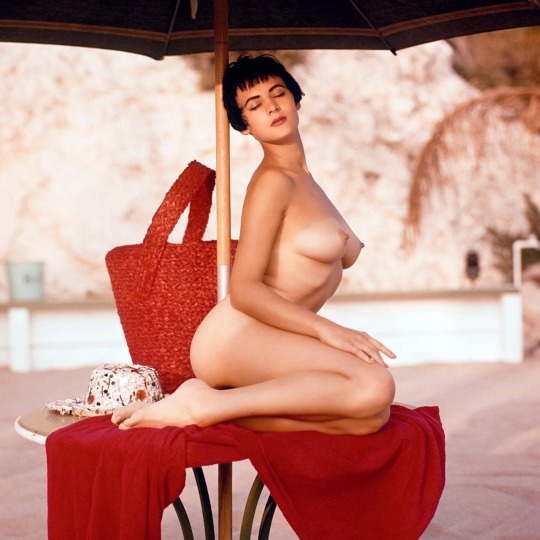#Virginia Gordon
Text
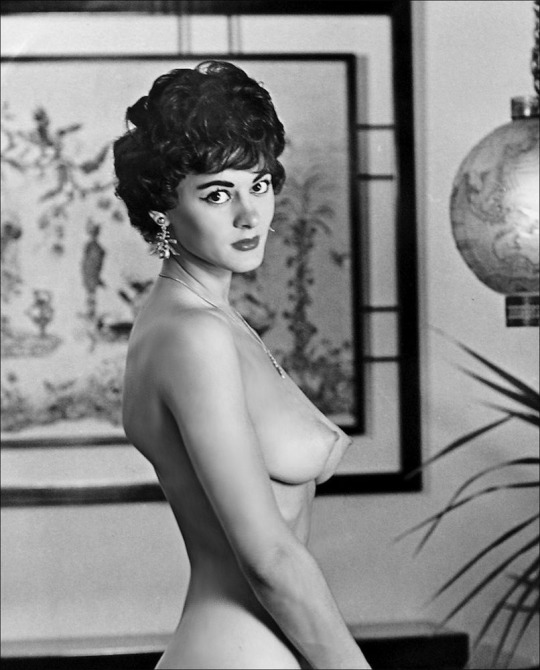
Virginia Gordon
3K notes
·
View notes
Text

Virginia Gordon
205 notes
·
View notes
Text



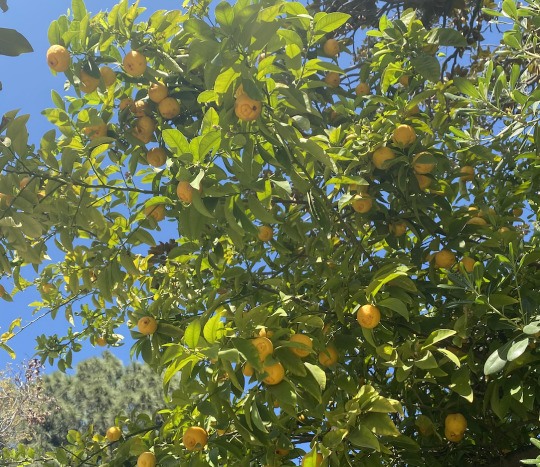

Balancing the melancholy in all the spring bright.
From What Are You Going Through by Sigrid Nunez // Woman At Point Zero by Nawal El Saadawi // Forward from A Room of One's Own by Virginia Woolf
#dark academia#literature#novel#quote#essay#in translation#translated#writers#book quotes#prose#chaotic academia#reading#books#writing#lit#virginia woolf#a room of one’s own#sigrid nunez#what are you going through#nawal el saadawi#woman at point zero#women’s literature#women writers#mary gordon#feminist literature#light academia
22 notes
·
View notes
Text

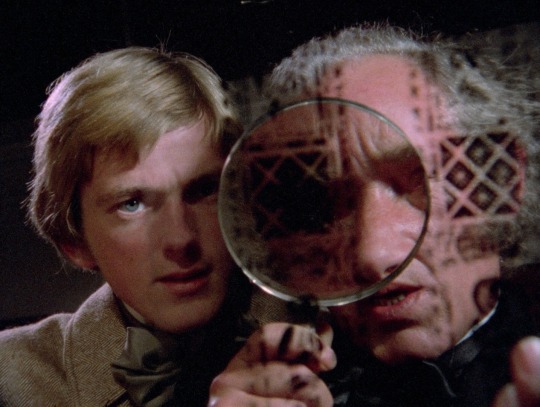

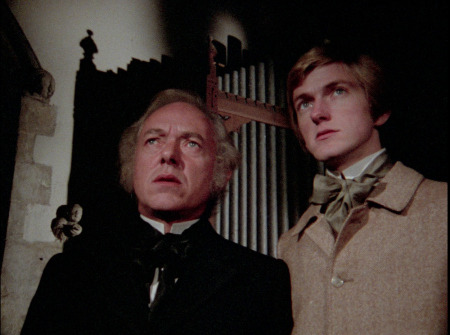




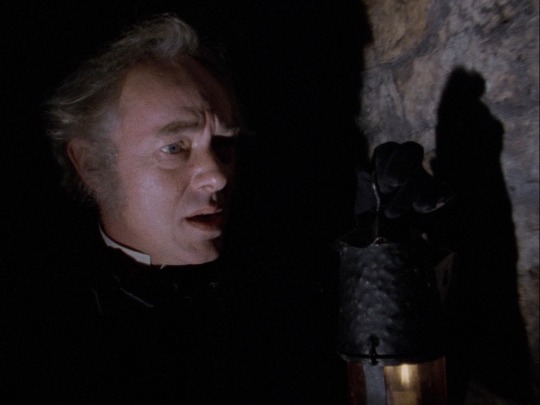
A Ghost Story for Christmas: The Treasure of Abbot Thomas (BBC, 1974)
"In what other parish church in the advowson of the good Abbot Thomas shall we find Bartholomew, Jude, Simon and Matthias all together in one window?"
"Not the 'good' Abbot Thomas, Peter. That was never suggested, not even by himself."
#a ghost story for christmas#the treasure of abbot thomas#horror tv#single play#bbc#1974#m. r. james#john bowen#lawrence gordon clark#michael bryant#paul lavers#virginia balfour#anne blake#sheila dunn#frank mills#john herrington#peggy aitchison#rosemary hill#ok so the festive season may be over‚ but you know what they say: a Ghost Story for Christmas is for life‚ not just for.. uh..#yeah. anyway. continuing to revisit these peerless xmas shockers. i constantly flipflop on favourites and most scariests as i said#in the tags on my Warning to the Curious post‚ but i think this is a strong contender for creepiest entry.. certainly the final 10 minutes#are quite unlike anything else the other stories achieved. i have to point out too one of the greatest uses of silence in classic brit tv;#the final shots are played without a sound and are all the more terrifying for it. beautifully done stuff‚ LGC at his most formal perhaps#in terms of the beautiful composition of this piece. the great Michael Bryant (one of our most undervalued actors) superb as the clergyman#whose noble scholarly intentions and slightly sneering skepticism guve way in one awful rash moment to an impulse of very human greed#but an impulse that won't go unpunished... as ever Clark is content not to spoonfeed‚ leaving us to draw conclusions and connect gaps#(a genuine question for any fans who've seen it: do you think Peter put the treasure back? i never can decide)#a masterclass in subtle writing‚ direction and performance (and sadly everything this year's offering wasn't..)
16 notes
·
View notes
Text

Mammals: A Guide to Familiar American Species. Written by Herbert S. Zim. Illustrated by James Gordon Irving. 1987.
235 notes
·
View notes
Text




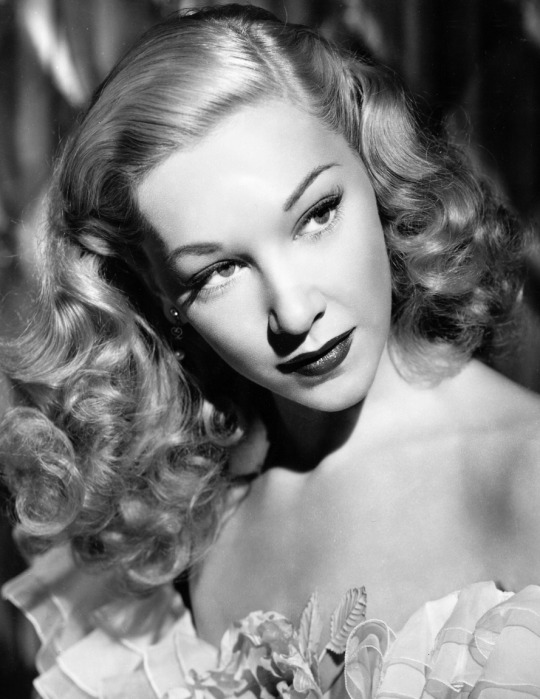

The Gangster (1947) Gordon Wiles
July 27th 2023
#the gangster#1947#gordon wiles#barry sullivan#belita#akim tamiroff#joan lorring#harry morgan#john ireland#sheldon leonard#fifi d'orsay#virginia christine#elisha cook jr.#edwin maxwell#shelley winters
12 notes
·
View notes
Text

Virginia Gordon
#virginia gordon#pinup#vintage cheesecake#50’s pinup#vintage smut#60’s pinup#mid century pinup#vintage sleaze
975 notes
·
View notes
Text

Richard Basehart-Virginia Grey "Retrato en negro" (Portrait in black) 1960, de Michael Gordon.
14 notes
·
View notes
Text

Virginia Gordon (1959)
138 notes
·
View notes
Text
burns night is actually so fucking funny when you think about its traditions and ceremonies objectively. yeah we've hired a bagpiper specifically to play music as a cooked bag of oats and offal is walked into the room. a man in a kilt must read it poems and toast to it with whisky before anybody is allowed to eat. the poems also have specific knife choreography btw and if you fuck it up you've ruined the whole night. after dinner we must sing our mandatory songs in scots and do boys vs girls speeches like we're all back in school. and speaking of school, remember the very specific style of country dance you were forced to learn since you were 5 so you can dance a jig or a reel by muscle memory alone? guess what you're doing next. some of you may be lost in the virginia reel but that's the way oor rabbie would have wanted it on his birthday.
#burns night#burns nicht#it's peak scottish culture baby right along with mid twitter patter#anyway shout out to gordon mearns who broke my elbow dancing the virginia reel at a burns night ceilidh when i was fourteen for the inspo#scotland
4 notes
·
View notes
Photo

Halloween (2018)
This is a Movie Health Community evaluation. It is intended to inform people of potential health hazards in movies and does not reflect the quality of the film itself. The information presented here has not been reviewed by any medical professionals.
Halloween has multiple scenes showing police lights at night, and one with police lights at day, One scene taking place at a dance suddenly begins with extreme strobe lights, which are shown on-and-off throughout the scene. A lot of visual storytelling, both with and without dialogue, occurs during these scenes with extreme strobe lights.
All of the camera work in this film is either stationary or very smooth.
Flashing Lights: 10/10. Motion Sickness: 1/10.
TRIGGER WARNING: A child is murdered on-screen. Graphic injuries, including stab wounds, gunshot wounds, broken bones with visible deformities, and one extremely gory head injury are shown. One scare involves a handful of bloody human teeth.
Image ID: A theatrical poster for Halloween
#Movie Health Community#Health Warning#Actually Epileptic#Photosensitive Epilepsy#Seizures#Migraines#Motion Sickness#Universal#Halloween#October#2018#Jamie Lee Curtis#Judy Greer#Andi Matichak#Will Patton#Virginia Gardner#David Gordon Green#Rated R
2 notes
·
View notes
Text
This is an informative and entertaining talk about “Five Women Writers Who Changed the World” by the award winning South African author and Fellow of the Royal Society of Literature and Fellow of St. Hilda’s College, Oxford, Lyndall Gordon. The five women writers are Mary Shelley, Emily Brontë, George Eliot, Olive Schreiner, and Virginia Woolf. Press the play button in the link to start the talk. You can see the talk in full screen mode directly from YouTube.
Near the end of the talk, Lyndall Gordon relates a wonderful proposition by Virginia Woolf’s Quaker aunt, Miss Stevens, for a third House of Parliament, a consultative body composed of women and elected by women who would eschew the traditional framework of adversarial government and would instead employ the tenets of preservation, nurture, sympathy, compromise, and listening.❤️
youtube
0 notes
Text
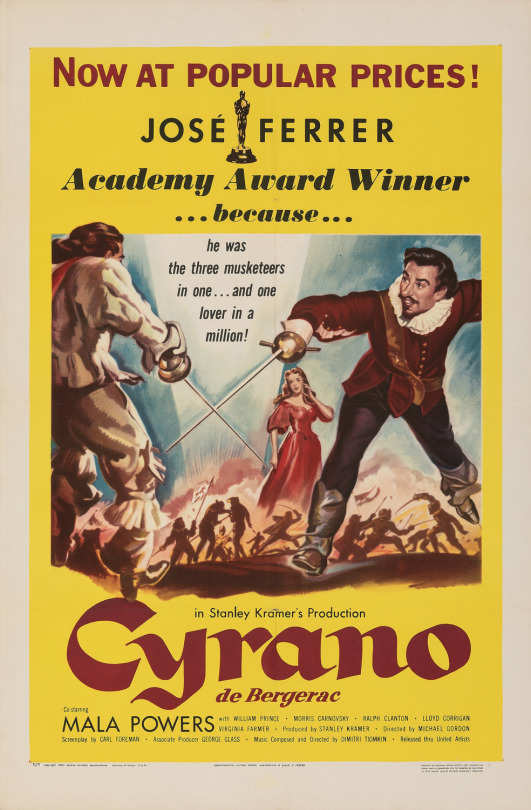
#Cyrano de Bergerac#José Ferrer#Mala Powers#William Prince#Morris Carnovsky#Ralph Clanton#Lloyd Corrigan#Virginia Farmer#Michael Gordon#1950
0 notes
Text
Introduction: Frog Conjunctions
The Pregnant Virgin is a study in process. In its conception, it was called Chrysalis. By the time it was born, the baby had outgrown its chosen name. Its skeleton—the process of metamorphosis from caterpillar to chrysalis to butterfly—was intact. The whole, however, had become more than the sum of its parts. The parts concentrate on the periods in the chrysalis when life as we have known it is over. No longer who we were, we know not who we may become. We experience ourselves as living mush, fearful of the journey down the birth canal. The whole has to do with the process of psychological pregnancy—the virgin forever a virgin, forever pregnant, forever open to possibilities.
The analogy between the virgin with child and the chrysalis with butterfly does not originate with me. In ancient Greece, the word for soul was psyche, often imaged as a butterfly. The emergence of the butterfly from the chrysalis was analogous to the birth of the soul from matter, a birth commonly identified with release, hence a symbol of immortality. The Divine Child, the Redeemer, the child of the spirit shaping in the womb of the virgin, finds a natural image in the winged butterfly transforming in the chrysalis, preparing to be free of the creature that crawls on its belly. This book does not, however, make the traditional body/soul distinction between caterpillar and butterfly, mortal and immortal life. Rather it explores the presence of the one in the other, suggesting that immortality is a reality contained within mortality and, in this life, dependent upon it. The Pregnant Virgin, that is, looks at ways of restoring the unity of body and soul.
Flora, one of the figures in Botticelli's Primavera, captures the paradoxical external stillness and internal kindling of pregnancy. She embodies the evanescent beauty of the maiden blossoming into womanhood. As the shy earthnymph Chloris, she has surrendered to the breath of Zephyr, and is now being awakened into the calm, luxuriant Flora. Like Mary, impregnated by the Holy Spirit, she stands radiant and full of grace, her femininity forthright and lyrically tender as she looks the beholder straight in the eye.
Writing The Pregnant Virgin has been a nine months' pregnancy. The book rejected its preconceived pattern; it evolved in its own metamorphic process. Last August in my second month, I suffered severe morning sickness. One look at an expanse of white paper made me ill. I feared a miscarriage. Then, as usually happens when I am conscious enough to ask the right question, the answer came in a dream:
I am sitting on steps near the waters of Georgian Bay. I am attempting to roll a big lily pad into the shape of a cylinder. It won't do what I want it to do. One end keeps falling open as I hold the other end rolled. Behind me is an old hotel. Two men are fighting on the balcony. I can feel their blows in my bones. I think I should try to do something about that, but a voice says, "Fashion your pipe."
I continue with the lily pad, and suddenly one man throws the other off the balcony, right over my head. Now I really must do something. I am about to rise when the voice commands again, "Fashion your pipe."
Now I understand—I am creating an instrument. I see beside me and a little behind, a huge smiling frog sitting in a po of green eggs, immensely proud of herself and waiting for me to finish the piccolo-pipe so the eggs can go through and be played into meaningful sounds.
I woke up knowing what the problem was. Instead of putting my full concentration into making the "pipe," I was allowing my energy to be drained by the blows of the two men on the balcony. Their voices I knew well enough: "Forget writing. Live your life as you always have. You can't write anyway." But there was another voice, a submerged feminine voice, tenacious and proud: "I want to write, but I don't want to write essays. I want to write my way." There was the impasse.
I walked through the bush to Iris Bay. I thought about the water lily—the Canadian lotus, whose blossom carries much the same symbolism as the rose. Its roots grow deep in the life-bestowing mud, sending nourishment up the sturdy stem to the leaves and flowers. Serene in its creamy white simplicity, the blossom opens petal by petal to the sun, symbolic of the Goddess—Prajnaparamita, Tara, Sophia—Creation opening herself to Consciousness. She is the blossom in the heart, the knowing, the dawning of God in the soul. Her divine wisdom brings release from the passion and pain of ego desire.
I picked a lily pad. I concentrated on fashioning my pipe. I remembered my grinning frog. Surely the lotus leaf was the right instrument to pipe her eggs. But how? How does one put psychological concepts through a lotus leaf? What would frog syntax sound like? How would it conjunct? Certainly not with "and," "but," and "for." It would have much more to do with leaping through the air from lily pad to lily pad, leaping intuitively with the imagination, or swimming through water. Leap—leap—out of sheer faith in my froggy instincts. Leap—trusting in another lily pad. Leap—knowing that other frogs would understand. Leap—leap—remembering my journal that looks like a Beethoven manuscript—blots, blue ink, red, yellow and green, pages torn by an angry pen, smudged with tears, leaping with joy from exclamation marks to dashes that speak more than the words between, my journal that dances with the heartbeat of a process in motion. How does one fashion a pipe that can contain that honesty, and be at the same time professionally credible? How can a woman write from her authentic center without being labeled "histrionic" or ''hysterical"? Splat! Long Pause!
And then my frog spoke from the mud.
"Why don't you write as you feel? Be a virgin. Surrender to the whirlwind and see what happens."
"Impossible!" I replied. "I'm not going to make a fool of myself. I'm not going to set myself up to be shot down. I know the guns too well."
That conversation put Chrysalis into a cocoon. For weeks I tried to find a syntax that could simultaneously contain the passion of my heart and the analytic detachment of my mind.
I was encouraged by a picture of an Indian Goddess holding her hands in a gesture that would contain the lily pad. Known as "link of increase," meaning "marriage" or "coronation," its highly differentiated fingers seem to cradle a pearl or flower. The tips of the two middle fingers, gently brought together, symbolize a coincidence of opposites. Some firm, gentle, androgynous style seemed to be indicated.
Further enlightenment came with Nietzsche's essay "Truth and Falsity," in which he writes, "I'm afraid we are not rid of God because we still have faith in grammar." Yes, I did feel answerable to that hatchet god—Jehovah, by whatever name—that god who stares down with his "thou shalts" writ in stone, a demonic parody of the creative imagination. Unaware of leaping, he keeps everything concrete and literal.
And then I read Carolyn Heilbrun's review of Lyndall Gordon's biography of Virginia Woolf. Heilbrun points out that Woolf was, like all women, trained to silence, that "the unlovable woman was always the woman who used words to effect. She was caricatured as a tattle, a scold, a shrew, a witch." Women felt "the pressure to relinquish language, and 'nice' women" were quiet. She concludes that "muted by centuries of training, women writers especially have found that when they attempted truthfully to record their own lives, language failed."
If that is true of the artist, it is no less true of any woman attempting to speak with her own voice. It is also true of the man who dares to articulate his soul process. The word "feminine," as I understand it, has very little to do with gender, nor is woman the custodian of femininity. Both men and women are searching for their pregnant virgin. She is the part of us who is outcast, the part who comes to consciousness through going into darkness, mining our leaden darkness, until we bring her silver out.
Anyone who tries to work creatively understands this. I remember, for example, when I was directing creative theater with high school students. We worked without a script for months before the show. Students who were trained to "give a good performance" found the process intolerable. Their rigidity, their fear of being "the hole in the program" blocked their creativity. They waited to be told what their lines were, what their moves had to be, what their attitudes should be. The quiet introverts who were accustomed to dropping into their own space had no difficulty concentrating until the images that sprang from their own bodies came alive. They loved being free. They loved to play. They loved to be challenged to go deeper into the darkness, to allow whatever wanted to happen to happen.
And things did happen. The whole theater came alive with roars, tears, laughter, movements of poignant beauty and hilarious irony. The curious visitors who ventured through the theater door shook their heads and fled from the chaos. But for those of us inside, it was contained chaos. We were used to the intensity. Two months before the show, the students, the dance director, the music director and I decided what movements we wanted to explore further, what poems, what music. This basic skeleton was added to and subtracted from until the very last performance.
All of us involved, whether actors, directors or stagehands, were responsible for our own process. As our confidence grew, for example, our energies increased, and our student stage manager had to look within himself to find new ways of keeping discipline backstage without destroying the fire. At the time, I had no conceptualized idea of what was going on. In retrospect, however, I see our theater as the womb of the Great Mother in which the virgin souls of the students came to birth in their own bodies and emerged to a level of psychological consciousness, confident enough and flexible enough to allow the wind of the spirit to blow through. Part of their process was to recognize in themselves and in each other whether their poem or dance was being allowed to live its own life or whether they were obstructing it with "a good performance."
What we were interested in was individual process, group process and eventually process between the audience and the cast. Since it was theater-in-the round, the students usually seated their parents so that at some point in the program they would kneel two feet away and look them straight in the eye. More than one parent found the naked encounter with their own adult-child overwhelming, and struggled to choke back the unexpected tears.
What we were not interested in was product or external performance. In the Tostal, the theater, there was no examination, no predetermined goal, no such thing as failure except betrayal of the process. In other areas of the school we might undergo dismemberment—history student in Room, poor athlete in the gym, excellent flutist in the music room. Culturally, we might also be dismembered—smelly feet in the shoe store, myopic eyes at the optometrist's, armpits in the drugstore, acne at the doctor's. In that room, we took our bodies out of the culture that tinkered with its parts. There we could be whole. We came from our own place of vulnerability, and by staying with that vulnerability we perceived our own strength and our own wounds.
The Pregnant Virgin is coming from that same place. All my analysands are a part of this book. Together we have experienced death and rebirth, together we have analyzed hundreds of dreams. Many of the repetitive motifs introduced in my two earlier books are further developed here. While many of my analysands have eating disorders and hence struggle with some form of food addiction, their psychological framework has much in common with those who are addicted in other ways—to work, alcohol, drugs, sleep, futile relationships, etc. The soul material presented here, my analysands have generously agreed to share, in the hope that it will shed some light on emerging feminine consciousness. Knowing that others are on the same demanding journey seems to ease the load.
I, too, am on the journey. The process that goes on in the kitchen in chapter I is the same process that goes on in India in chapter 7, with one crucial difference. The butterfly on the curtain (page 13) is transforming according to the laws of nature; the butterfly on the ceiling (page 178) is transforming through the fire of conscious choice. And this book too is on the journey. Two of the chapters were originally written for lectures, two for journals, and the others are attempts to wrestle light out of darkness. Each one is a prism through which the difficulties of Becoming and Being may be looked at from different angles.
I have not yet solved the problem of frog conjunctions, but my frog is still laying eggs. I think she enjoys my syntactical pregnancy. Meanwhile, this is not an apology for a polliwog. It is a challenge to myself and my readers to listen with the heart, to hear the language that lives in the Silence as surely as it lives in the Word.
--Marion Woodman en "The pregnant Virgin"

0 notes
